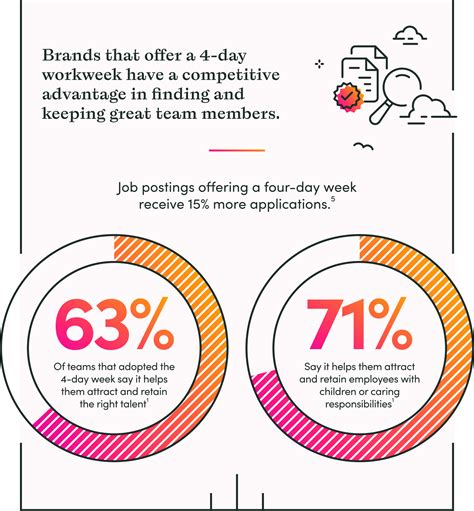The notion of a four-day workweek has sparked numerous debates across various sectors, ranging from corporate offices to labor unions and governmental bodies. The principle behind this idea is to boost employee wellbeing by providing additional free time without sacrificing productivity. While recent trials in Germany have caught the global spotlight, the reaction within the business community and general public has been mixed, warranting a closer look.
Critics of the four-day workweek, such as those from Bloomberg and the Financial Times, argue that it contradicts the German government’s recent efforts to combat economic slowdown and labor shortages by proposing longer hours. This contradiction highlights a fundamental question: Do fewer working hours necessarily lead to a healthier economy, or does it risk exacerbating the very problems it aims to solve? Several companies in Germany have indeed trialed shorter workweeks, but the government’s broader stance appears conflicted at best.
Further complicating the conversation is the economic aspect addressed by commenters. Most companies likely to embrace a four-day model also see this as an opportunity for cost-cutting. Meaning, many employees could expect a reduction in their salaries, reclassifying these four-day roles as part-time. It’s a contentious point, especially since not everyone is looking to trade financial security for more free time. The unanimous consent among many seems to be that no one expects the same pay for fewer days without a catch.
Several advocates argue that technological advancements should lead to less need for human labor. Automation, artificial intelligence, and streamlined workflows could allow businesses to maintain output levels even with reduced manpower. However, as time off becomes a crucial component of quality of life, the productivity paradox emerges: Does more free time indeed equate to higher efficiency and happiness for the workforce? Studies show inconsistent results, often contradicting a one-size-fits-all answer.
A significant concern revolves around critical worker sectors such as healthcare, education, and public services. A reduction in working days could mean a drastic shortage in these vital areas, causing longer wait times, reduced quality of service, and potentially overloaded staff. Addressing this requires a complex interplay of increasing the workforce in these fields through strategic policies and better incentives, a task more easily discussed than implemented.
One compelling argument for the four-day workweek is the overall improvement in employee morale and mental health. Companies like those mentioned by user jraph in the discussion, have reportedly seen stable productivity levels despite shortened work weeks. Employees feel rested, more focused, and capable of balancing personal responsibilities and hobbies, leading to rejuvenated motivation to work. These anecdotal evidences, despite being promising, need broader validation.
In the end, the feasibility of a universal four-day workweek hinges on finding a middle ground that aligns company goals with employee welfare. Adjustable models like 4×10 hours or flexible scheduling further complicate the framework. It raises an intrinsic question regarding the future of work: how much can we afford to innovate without disrupting the essential services and economic equilibrium? Each industry, and indeed each company, might find its own unique balance in this ongoing debate. As the conversation persists, global examples and local trials will prove invaluable in shaping a sustainable and productive future for work.
Taking this forward, it’s essential for policymakers, business leaders, and employees to engage in genuine discussions, measuring long-term impacts over short-term gains. Whether through reduced working hours or other modern work practices, the goal should remain clear: creating a more balanced, happy, and productive society. The dialogue on a four-day workweek is far from over, and its eventual outcome may very well redefine our collective approach to work and life balance.


Leave a Reply